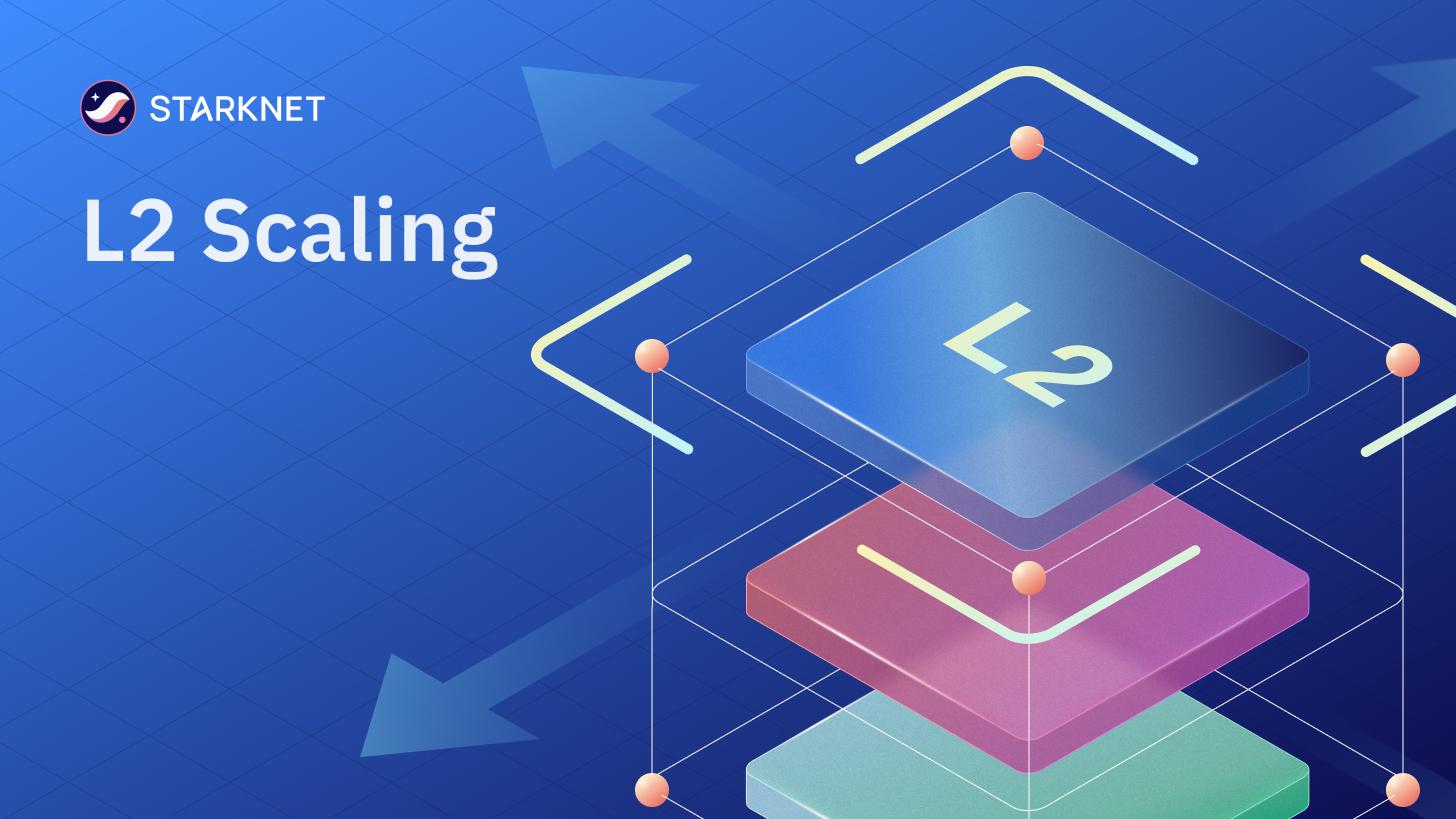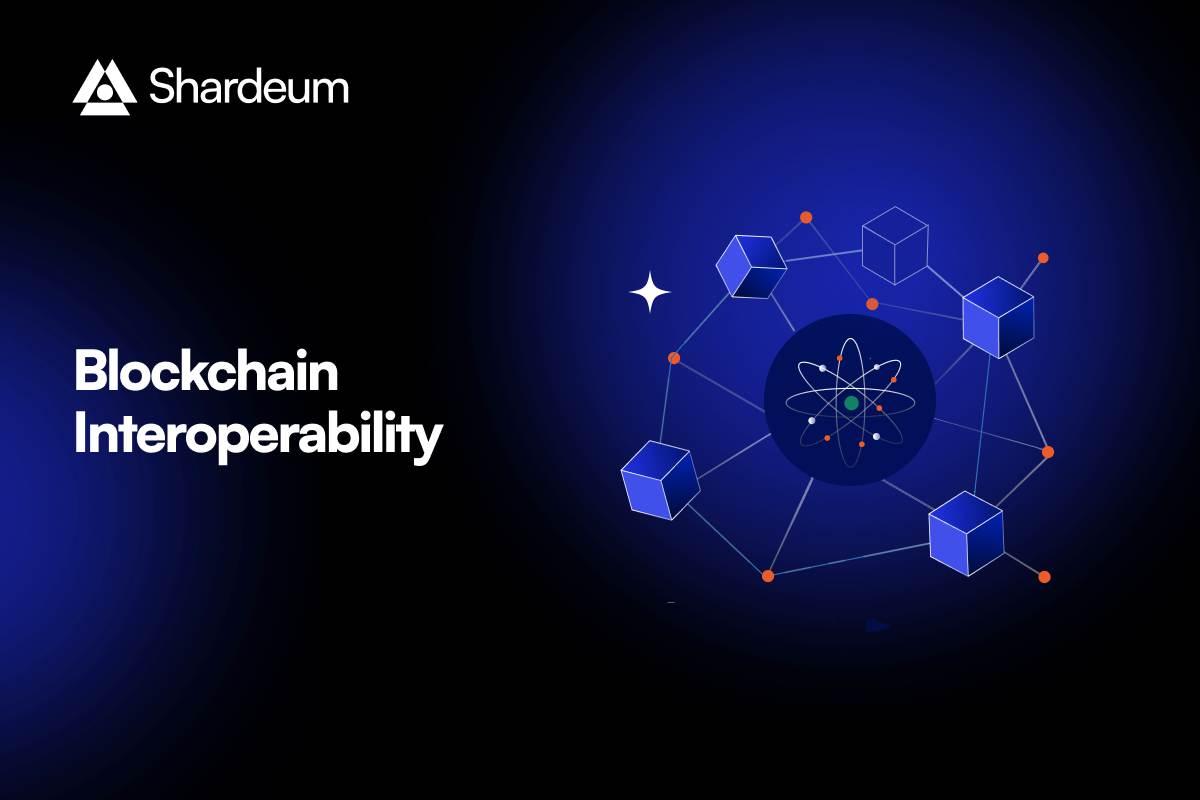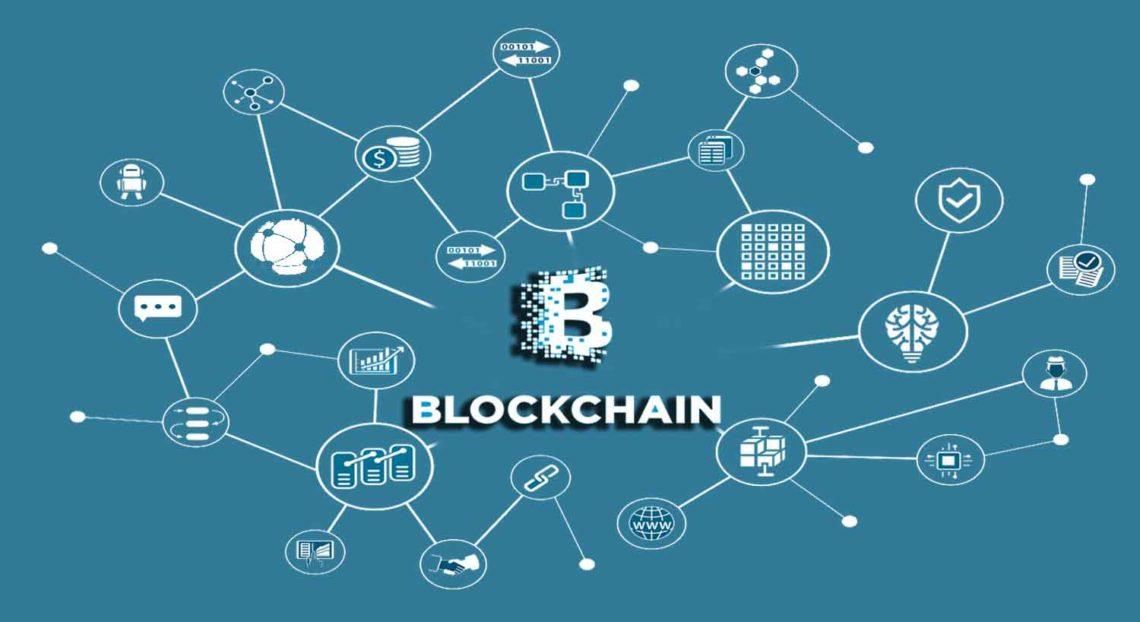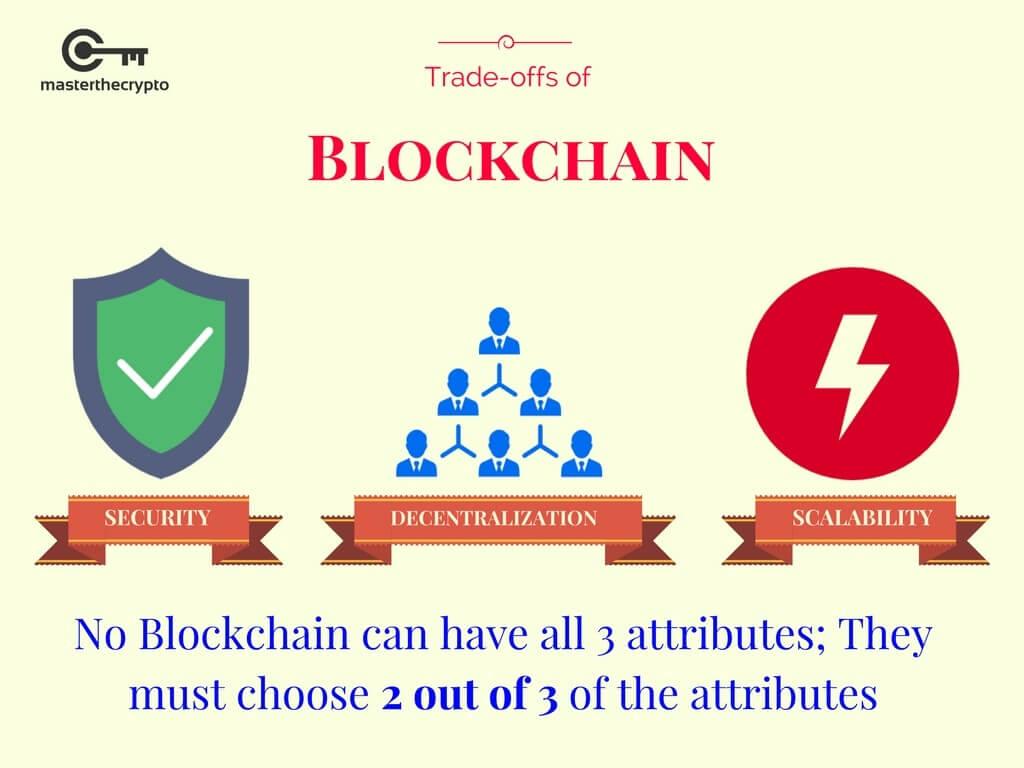In an era where digital transformation is not just a buzzword but a fundamental shift in how we conduct business, communicate, and govern, blockchain technology stands at the forefront of innovation. With its promise of decentralization, security, and transparency, blockchain has already begun to reshape industries ranging from finance to supply chain management. However, as the world races to harness the full power of this revolutionary technology, scalability emerges as both a formidable challenge and a beacon of untapped potential. In “Scaling Blockchain: Navigating the Path to Endless Potential,” we delve into the intricate landscape of blockchain scalability, exploring the barriers that currently limit its widespread adoption and the innovative solutions being developed to overcome them. Join us on this journey as we uncover the strategies, technologies, and visionary approaches that are paving the way for a scalable blockchain future, where the possibilities are as limitless as the imagination itself.
Exploring Layer Two Solutions for Enhanced Scalability
Layer Two solutions represent a pivotal advancement in the quest for blockchain scalability, aiming to overcome the inherent limitations of blockchain networks. By facilitating off-chain transactions, these solutions reduce congestion and enhance throughput without compromising security or decentralization. Some popular Layer Two technologies include:
- State Channels: Allow parties to transact privately and only submit the final outcome to the blockchain.
- Sidechains: Separate blockchains that run alongside the main chain, dedicated to specific functions while maintaining interoperability.
- Rollups: Bundle multiple transactions into a single one, minimizing the data footprint on the primary blockchain.
The diverse nature of these solutions enables developers to tailor their approach to specific use cases, nurturing a vibrant ecosystem that supports various applications. As we adopt Layer Two innovations, it becomes crucial to understand their merits and potential challenges, such as:
| Merits | Challenges |
|---|---|
| Improved transaction speed | Greater complexity in infrastructure |
| Lower transaction fees | Potential for reduced security |
| Increased user experience | Interoperability issues |

Optimizing Consensus Mechanisms to Boost Performance
In the ever-evolving landscape of blockchain technology, refining consensus mechanisms has become pivotal for enhancing transaction speed, security, and scalability. By shifting from traditional models, such as Proof of Work, towards more innovative solutions like Proof of Stake or Delegated Proof of Stake, networks can significantly reduce the energy consumption and computational resources required. This flexibility not only improves performance but also fosters greater participation across the ecosystem. The key is to strike a balance between decentralization and efficiency, enabling a more robust and adaptable framework for the future of digital transactions.
Moreover, incorporating hybrid consensus models can provide a tailored approach that addresses specific network demands. These models often utilize a combination of mechanisms to harness their respective advantages, leading to increased throughput and lower latency. Consideration of factors such as transaction finality, the cost of validation, and the dynamic nature of network traffic will play a crucial role in selecting the right approach. Benefits may include:
- Enhanced scalability through reduced block times
- Increased security by mitigating 51% attacks
- Lower energy expenditure leading to a more sustainable operation
By prioritizing these elements, blockchain networks can truly unlock their vast potential and support a wider range of applications.

Bridging Interoperability for a Seamless Blockchain Ecosystem
The journey toward a seamless blockchain ecosystem hinges on the ability of various platforms to communicate and operate together effectively. As the blockchain landscape expands, the necessity for interoperability becomes paramount in unlocking the full potential of decentralized technologies. Interoperability enables diverse and isolated blockchain networks to share data and value without friction, driving innovation and adoption. Consider the benefits of this connectivity:
- Enhanced Collaboration: Different chains can work together to create composite applications that leverage their unique features.
- Increased Liquidity: Assets can move freely across platforms, fostering a more dynamic marketplace.
- Improved User Experience: Users can interact with multiple chains without needing deep technical knowledge.
To facilitate this bridging process, various solutions are emerging, such as cross-chain protocols and atomic swaps, which allow for secure transaction exchanges between different blockchain networks. These advancements aim not only to simplify interactions but also to enhance security and scalability across the ecosystem. Below is a simple overview of notable solutions and their key features:
| Solution | Key Feature |
|---|---|
| Polkadot | Ability to connect multiple blockchains (parachains) for data sharing. |
| Cosmos | Inter-blockchain communication protocol for seamless interaction. |
| Wrapped Tokens | Allow assets to be transferred across different chains with full value representation. |

Addressing Regulatory Challenges to Unlock Blockchain Innovation
As the potential of blockchain technology continues to grow, regulatory frameworks worldwide are beginning to lag behind, stifling innovation. Key obstacles frequently encountered include the lack of clear guidelines, enterprise hesitance, and the disparity in regulations across borders. To pave the way for transformative applications, it becomes essential to engage in a collaborative dialogue with policymakers, ensuring that regulations evolve as dynamically as technology itself. By focusing on three main areas, stakeholders can better address these regulatory challenges:
- Establishing Clear Definitions: Clarity around what constitutes blockchain technology will aid in developing comprehensive regulatory models.
- Encouraging Public-Private Partnerships: Collaborative efforts can foster innovation while ensuring that due diligence is maintained for user protection.
- Promoting Regulatory Sandboxes: These frameworks allow for real-world experimentation, enabling companies to develop solutions while remaining compliant.
Furthermore, devising a personalized approach tailored to the unique characteristics of different regions can enhance compliance and smooth the integration of blockchain in various sectors. A simplified comparison of current regulatory environments illustrates the landscape:
| Region | Regulatory Approach | Challenges |
|---|---|---|
| Europe | Stricter compliance with GDPR | Varied implementation among member states |
| USA | Lack of unified federal policy | Multiple overlapping regulations |
| Asia | Mixed—some countries are supportive, others restrictive | Inconsistent regulations across nations |
In addressing these complex regulatory challenges, a unified approach can not only create a conducive environment for innovation but also enhance public trust. By actively participating in shaping the regulations that govern this transformative technology, stakeholders can help unlock the immense potential within the blockchain ecosystem, leading to sustainable growth and widespread adoption.
In Retrospect
As we stand at the threshold of a digital revolution powered by blockchain technology, the journey towards scalability unfolds before us—a mosaic of innovation, challenges, and untapped potential. The path may be fraught with complexity, yet each step taken brings us closer to a future where decentralized systems can operate seamlessly and efficiently, transforming industries and redefining paradigms.
In this exploration, we’ve uncovered the myriad approaches to scaling blockchain—from layer solutions to sharding and beyond. Each strategy offers unique advantages and drawbacks, but collectively, they reflect the human spirit of ingenuity and resilience. As developers, entrepreneurs, and visionaries rally together to push the boundaries of what’s possible, we find ourselves not merely on a quest for technological advancement but on an odyssey that promises to reshape how we connect, transact, and interact on a global scale.
In closing, the potential of a scalable blockchain ecosystem is nothing short of boundless. It invites us to reimagine the foundations of trust and transparency while fostering unprecedented collaboration across borders and sectors. As we navigate this exhilarating journey, it is crucial to remain mindful of the ethical implications and sustainability concerns that accompany such rapid progress. Together, we can unlock a future where blockchain not only scales but thrives—one that empowers individuals and communities, ensuring that the promise of this transformative technology is realized for generations to come. The horizon is vibrant with possibilities; let us step boldly into it.



